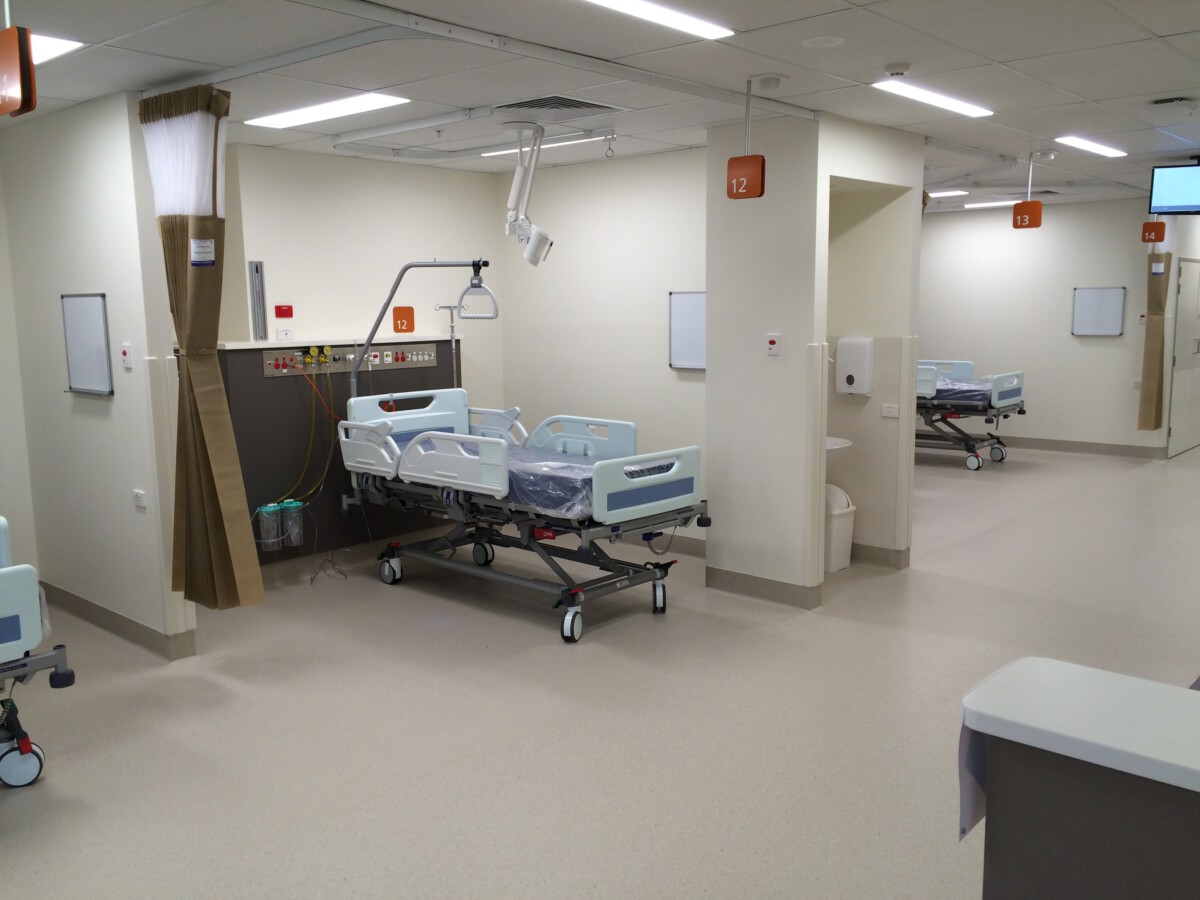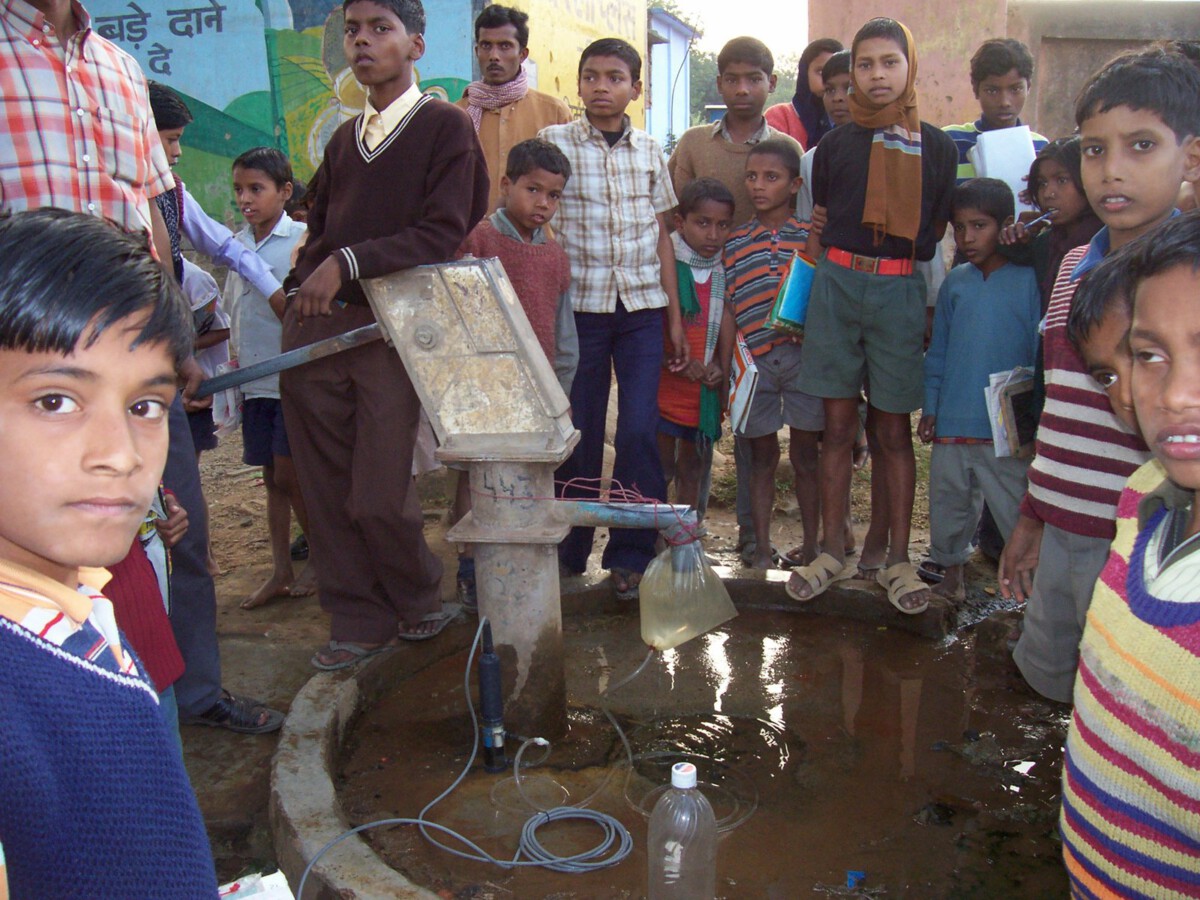The Staggering Scale of Rural Hospital Closures
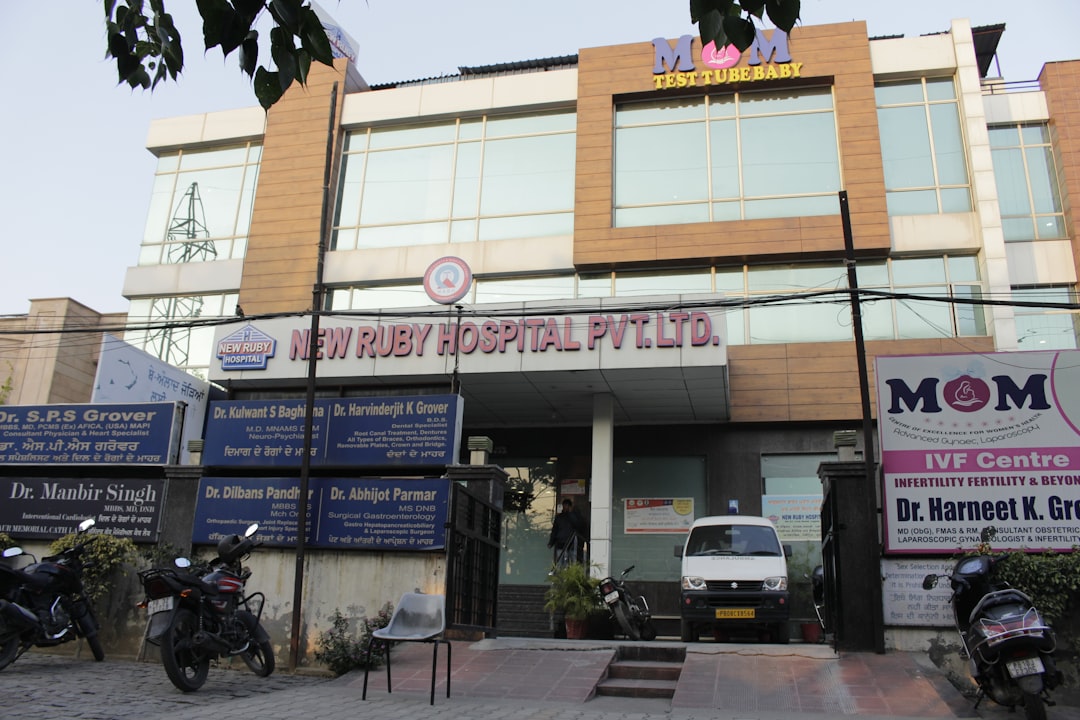
Picture this: you’re rushing to the emergency room with chest pains, only to find that your nearest hospital shuttered its doors six months ago. Over the twenty-year period from 2005 to 2024, 193 rural hospitals closed, creating healthcare deserts across America. Between 2005 and 2023, 146 hospitals in rural U.S. counties closed or were converted to non-acute care, with 81 shutting down completely. The situation has become so dire that the number of rural hospital closures and conversions started to rise again after 2022.
What’s particularly alarming is the pace of these closures. From 2017 to 2023, hospital closures outpaced openings in rural areas, with 61 hospitals closed compared to 11 that opened, resulting in a net reduction of 50 hospitals. Eight rural hospitals closed in 2023, matching the combined total of 2022 and 2021, following a landmark 18 rural hospital closures in 2020. These aren’t just numbers on a spreadsheet—they represent communities losing their healthcare lifelines.
Private Insurance: The Surprising Culprit
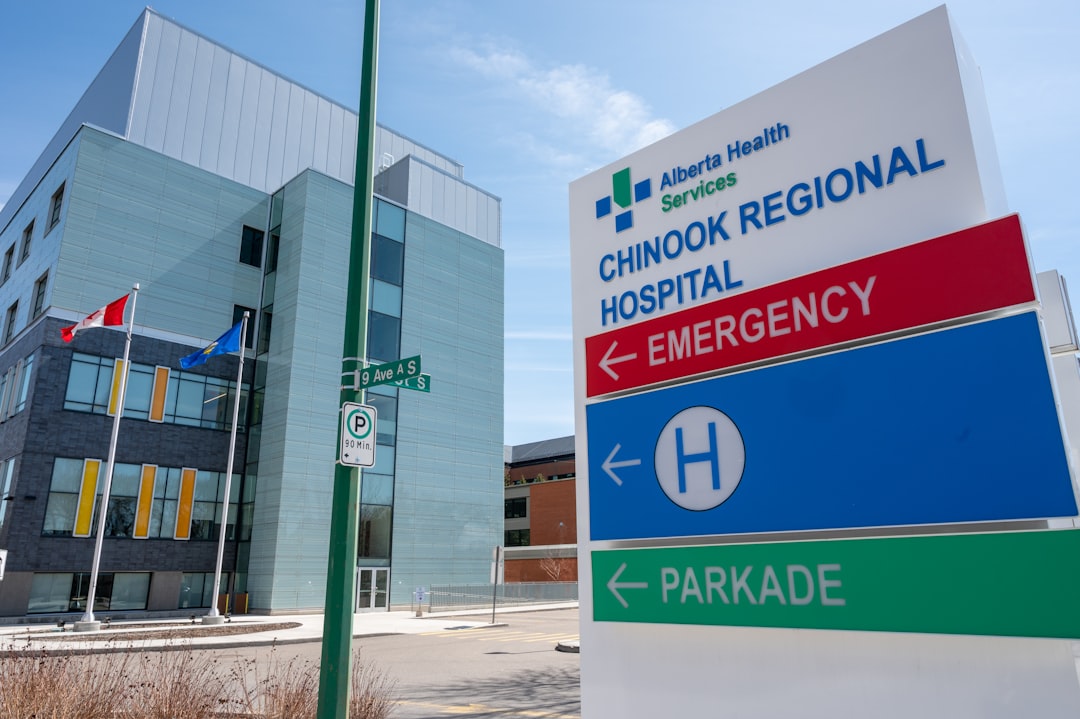
Here’s where things get interesting. People often blame rural hospital closures on poor reimbursement rates from Medicare and Medicaid, but just about every hospital loses money on these programs since reimbursement rates are low nationwide. The real shock comes when you dig deeper. According to Harold Miller, president and CEO of the Center for Healthcare Quality and Payment Reform, “When you look at the data, what you see is that Medicare and Medicaid are not the problem. The problem is private insurers”.
Take the Thomasville Regional Medical Center in Alabama, which opened in 2020 with state-of-the-art equipment and closed less than five years later in September 2024. The hospital was getting paid by private insurers roughly half of what it was costing to deliver services. Urban hospitals and large rural hospitals can make up for losses from Medicare and Medicaid patients with what they can charge private insurers, but small rural hospitals can’t do that. Rural hospitals actually need higher compensation than urban hospitals because they have the same fixed costs like 24-hour staffing, but have a lower volume of patients to cover those costs.
The Financial Squeeze Gets Tighter

Small rural hospitals lose money on patient services because of inadequate payments from private insurance plans, whereas urban hospitals and larger rural hospitals make large profits on services to patients with private insurance. This creates a devastating cycle. While large hospitals can offset losses with profits from private insurance patients, small rural hospitals cannot. Many small rural hospitals remain open only because they receive significant supplemental funding from state grants or local taxes.
The numbers paint a grim picture. The percentage of America’s rural hospitals operating in the red jumped from 43% to 50% in the 12 months before February 2024, with 55% of independent rural hospitals operating in the red. The closures highlight financial challenges that rural hospitals face amid workforce shortages, rising costs, and leveling reimbursement.
The Workforce Crisis Deepens the Problem
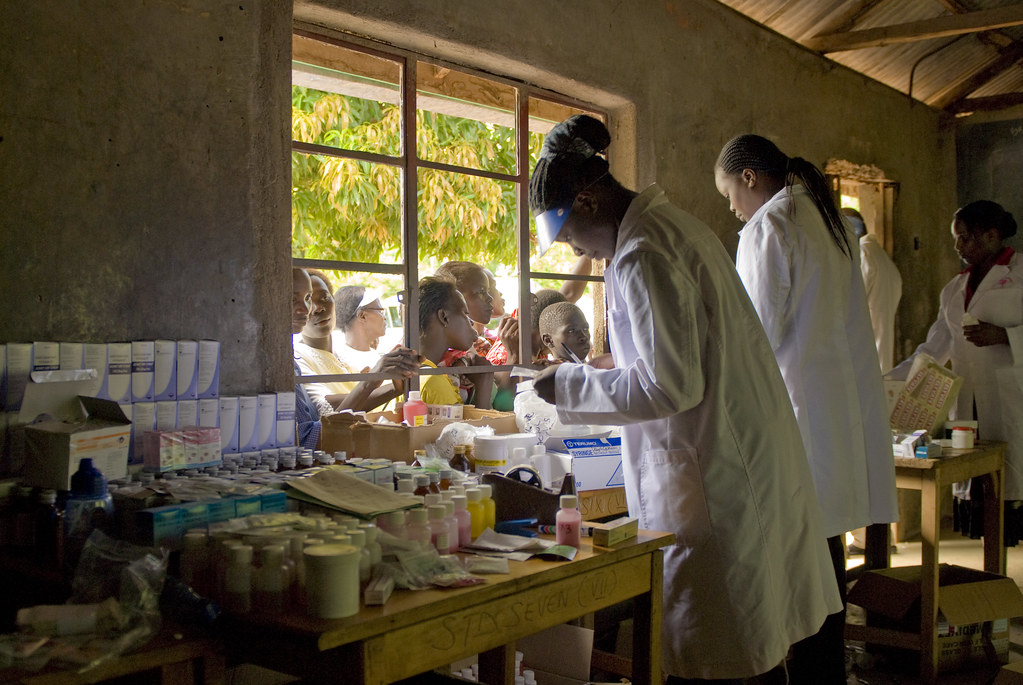
If inadequate payments weren’t enough, rural hospitals are drowning in staffing shortages. In rural communities, the healthcare worker shortage crisis is worse and more widespread, with 91% of all rural counties facing a shortage of primary care physicians. Hospitals in rural areas are having problems recruiting and retaining workers, with the workforce shortage showing no signs of improvement.
The problem extends beyond doctors. Rural health systems need everything from nursing school graduates to respiratory technicians and food service workers. According to a 2024 study, 50% of rural hospitals in America are operating in the red, and 418 are “vulnerable to closure”—which makes attracting already-scarce employees even more difficult. The average cost to replace a registered nurse ranges from $45,100 to $67,500, with recruitment taking 59 to 109 days—costly for any organization, let alone rural facilities with smaller budgets.
The Medicaid Expansion Factor
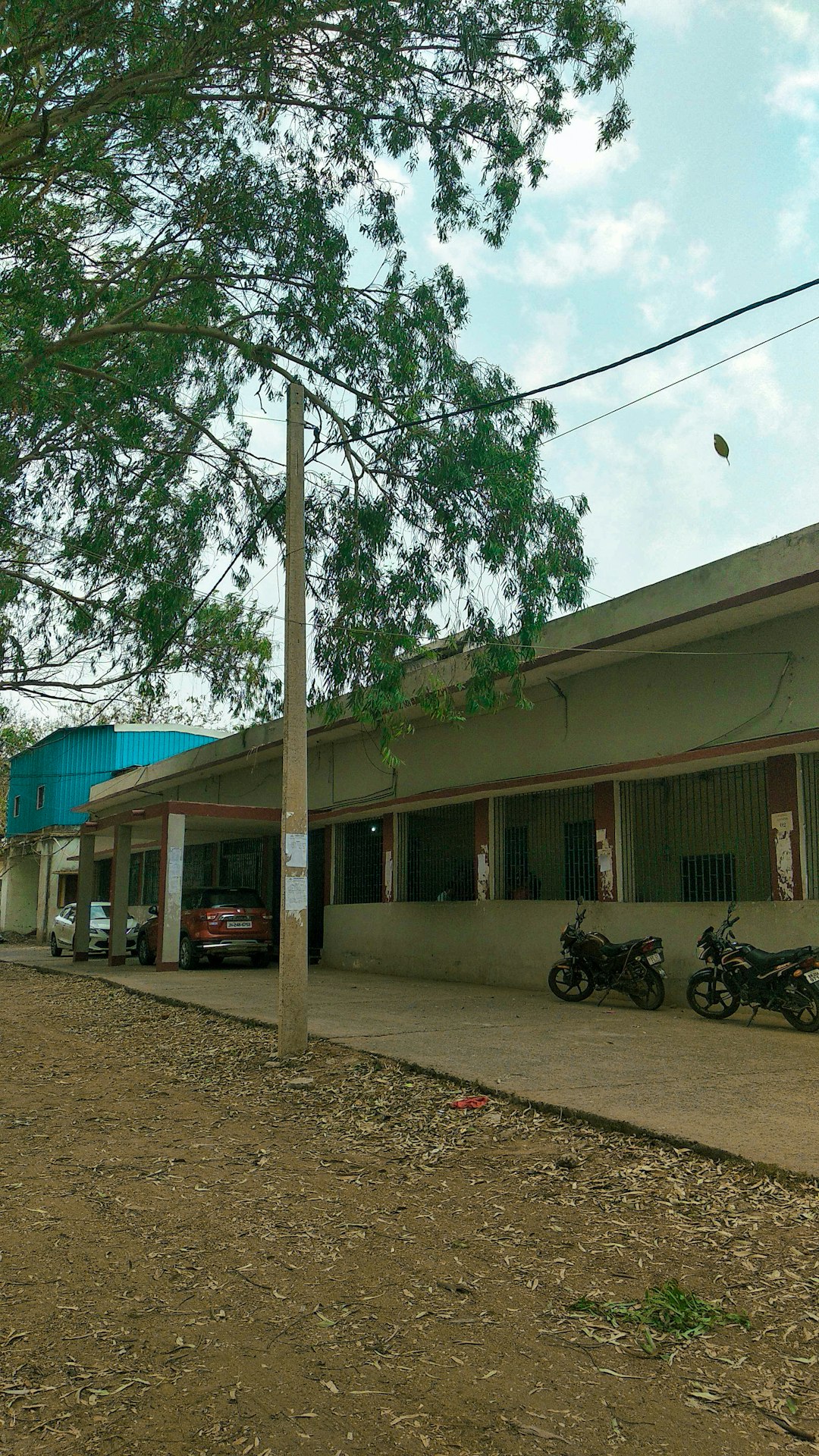
Politics plays a bigger role than you might think. About two-thirds (69%) of rural hospital closures from 2014 to 2024 occurred in states that had not expanded Medicaid at the time. Between 2010 and 2021, a total of 136 rural hospitals closed, with nearly 3 out of 4 closures occurring in states that either refused to expand Medicaid or where expansion had been in place for less than a year. This additional federal funding helps rural hospitals stay in business by decreasing the local uninsurance rate.
The current political climate threatens to make things worse. The One Big Beautiful Bill Act would result in 1.8 million individuals in rural communities losing their Medicaid coverage by 2034, with a $50.4 billion reduction in federal Medicaid spending on rural hospitals over 10 years. Medicaid paid rural hospitals approximately 63 cents on the dollar for inpatient obstetrics care in 2024.
The Emergency Room Becomes the Last Resort
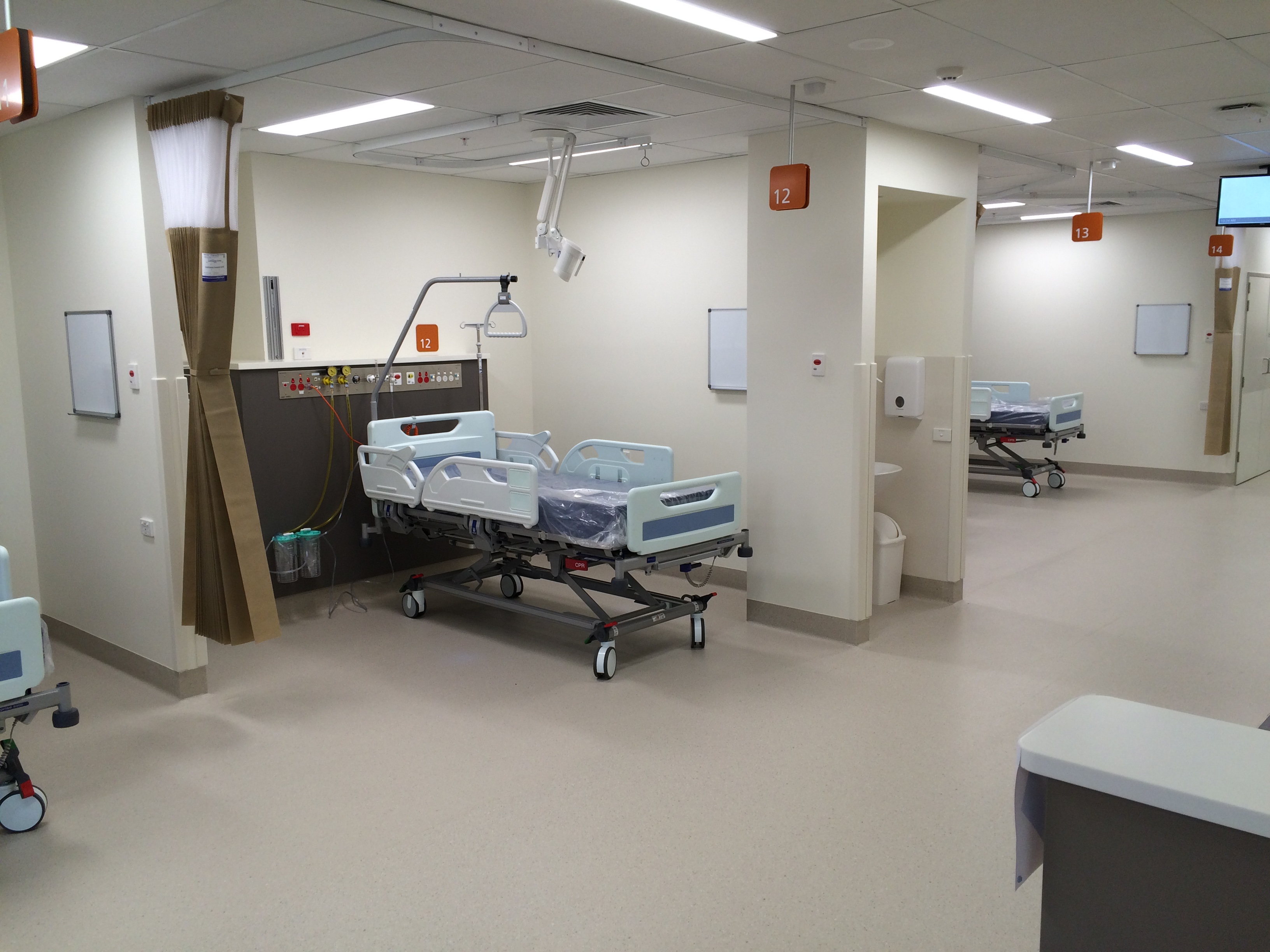
When hospitals can’t survive as full-service facilities, many are converting to something called Rural Emergency Hospitals (REHs). Rural emergency hospitals operate 24/7 emergency departments but don’t provide inpatient care, are reimbursed at 105% of standard rates and receive monthly facility payments. This designation became available in 2023, recognizing that some areas cannot support a broader suite of services.
Nineteen hospitals converted to REHs in 2023 (most in the second half of the year) and an additional 18 converted in 2024. While this model provides some healthcare access, it’s a far cry from the comprehensive care that rural communities need. MedPAC estimated that REHs cost an additional $30 million in 2023, much lower than original CMS projections, possibly because fewer hospitals converted than originally anticipated.
Maternity Care Disappears from Rural America

One of the most heartbreaking consequences of rural hospital closures is the loss of maternity services. Over 100 rural hospitals have stopped delivering babies over the past 5 years, and less than half of all rural hospitals still have labor and delivery services. Between 2011 and 2021, 267 rural hospitals dropped obstetrics services, representing nearly 25% of America’s rural obstetrics units.
Rural areas have seen a decrease in access to maternal care in recent years, due in large part to closure of obstetric units and a shortage of healthcare professionals who deliver babies. Significantly fewer obstetricians serve nonmetro counties per 100,000 women of childbearing age, compared to metropolitan counties. There has been a 16% decline in rural counties with hospital-based obstetric care services over the last decade.
The Economic Ripple Effect
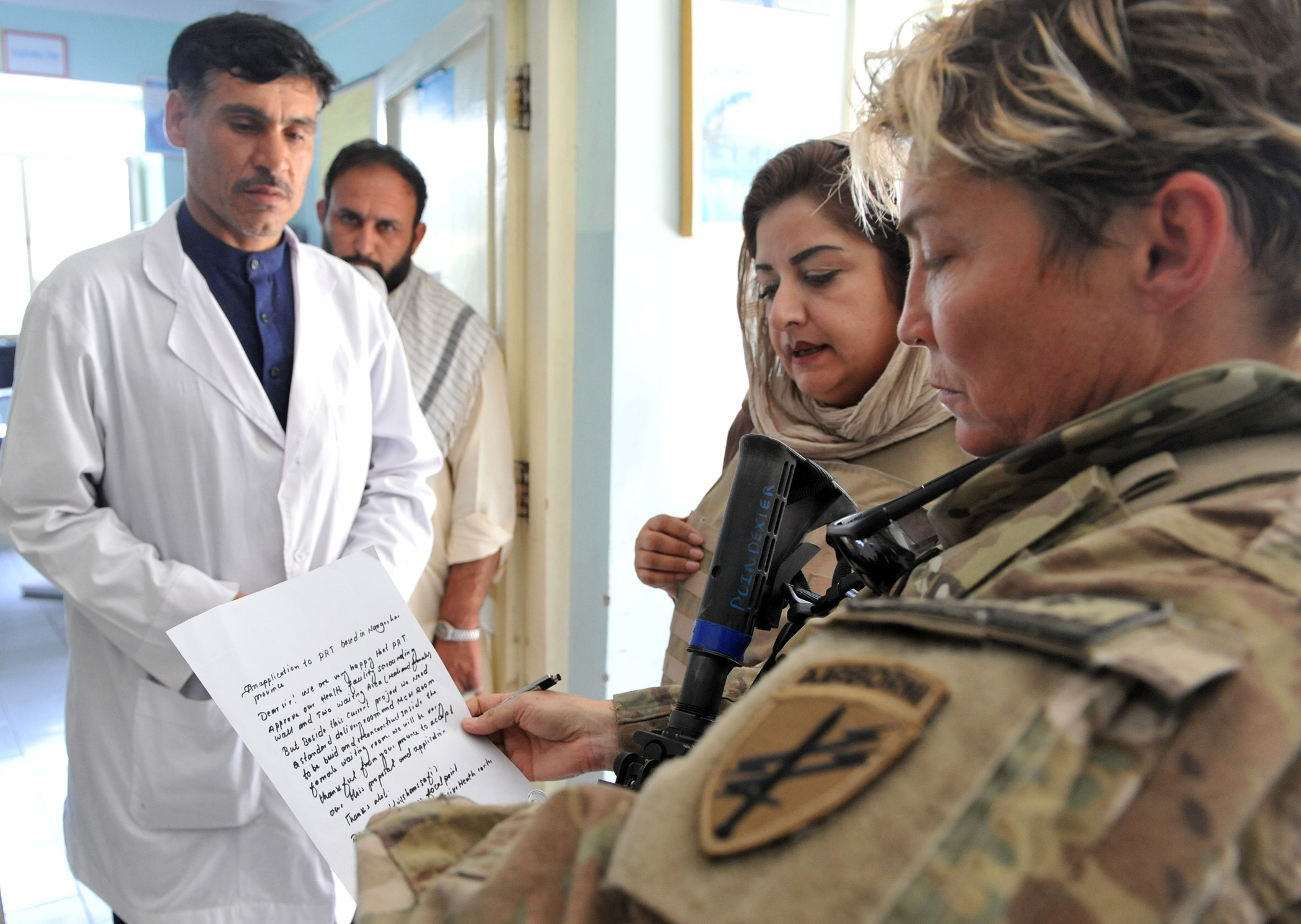
Hospital closures don’t just affect healthcare—they devastate entire communities. The hospital closure had an impact on the local economy, with businesses thinking twice about opening in a rural location without healthcare, and existing businesses that can’t move, like farms, having to deal with sicker workers. In most cases, the closure of the hospital resulted in the loss of both the emergency department and other outpatient services, requiring residents to travel much farther for emergencies or healthcare services. This increases the risk of death or disability when accidents or serious medical conditions occur.
The financial impact extends beyond immediate healthcare costs. Rural hospitals account for 35% of the nation’s hospitals, and many are barely staying afloat. More than 600 rural hospitals are at risk of closing in the near future. The cost of delivering services such as emergency department visits, inpatient care, laboratory tests, and imaging studies is inherently higher in rural settings than in larger urban hospitals due to the fixed costs associated with maintaining minimum staffing and equipment levels regardless of patient volume.
The Perfect Storm of Challenges
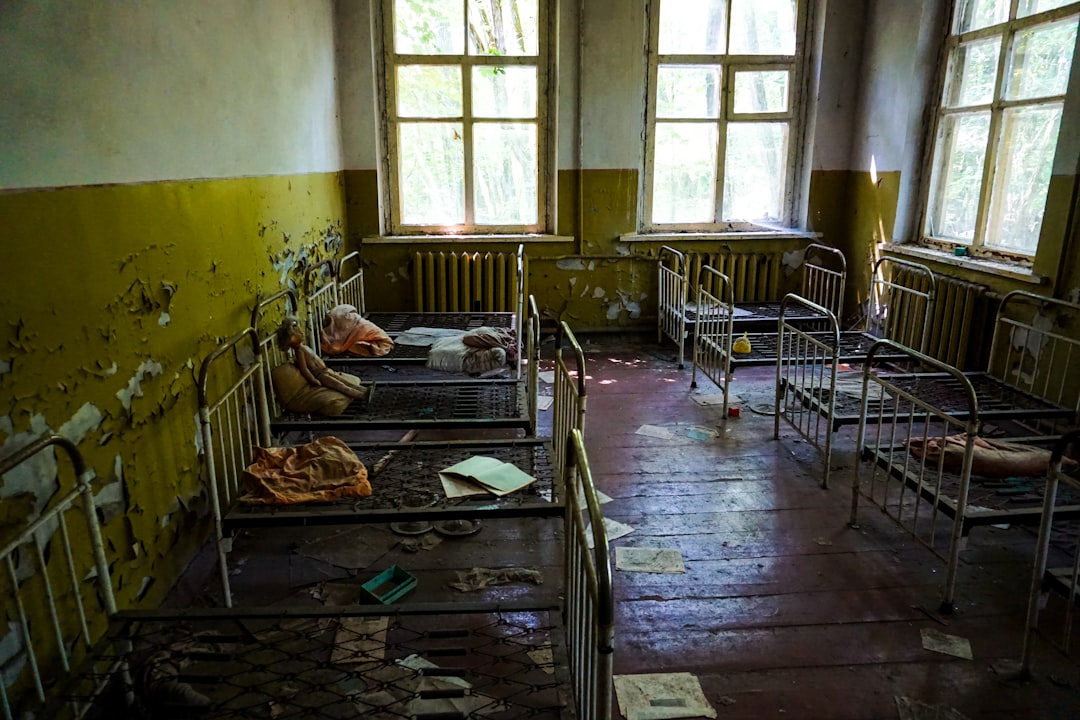
Rural hospitals face what can only be described as a perfect storm of challenges. Financial stress is the primary driver of rural hospital closures, with contributing factors including smaller size, lower occupancy rates, and greater vulnerability to economic fluctuations than urban hospitals. Hospital inpatient utilization has decreased over time, with hospital inpatient days per 1,000 people falling from 684 to 561 between 2000 and 2023—an 18% decrease.
In 2023, nearly a quarter of all active physicians in the United States were 65 or older, meaning physician retirements will drain substantial talent from the healthcare workforce. Additionally, 68% of nurses either somewhat or strongly agreed with the statement “Most days I feel burned out”. Patients in rural areas tend to be older and less healthy, requiring higher-complexity care, while rural providers—many on the brink of bankruptcy—can’t match the attractive salaries and lifestyles that metro areas offer, leading to high burnout rates.
The Future Looks Uncertain
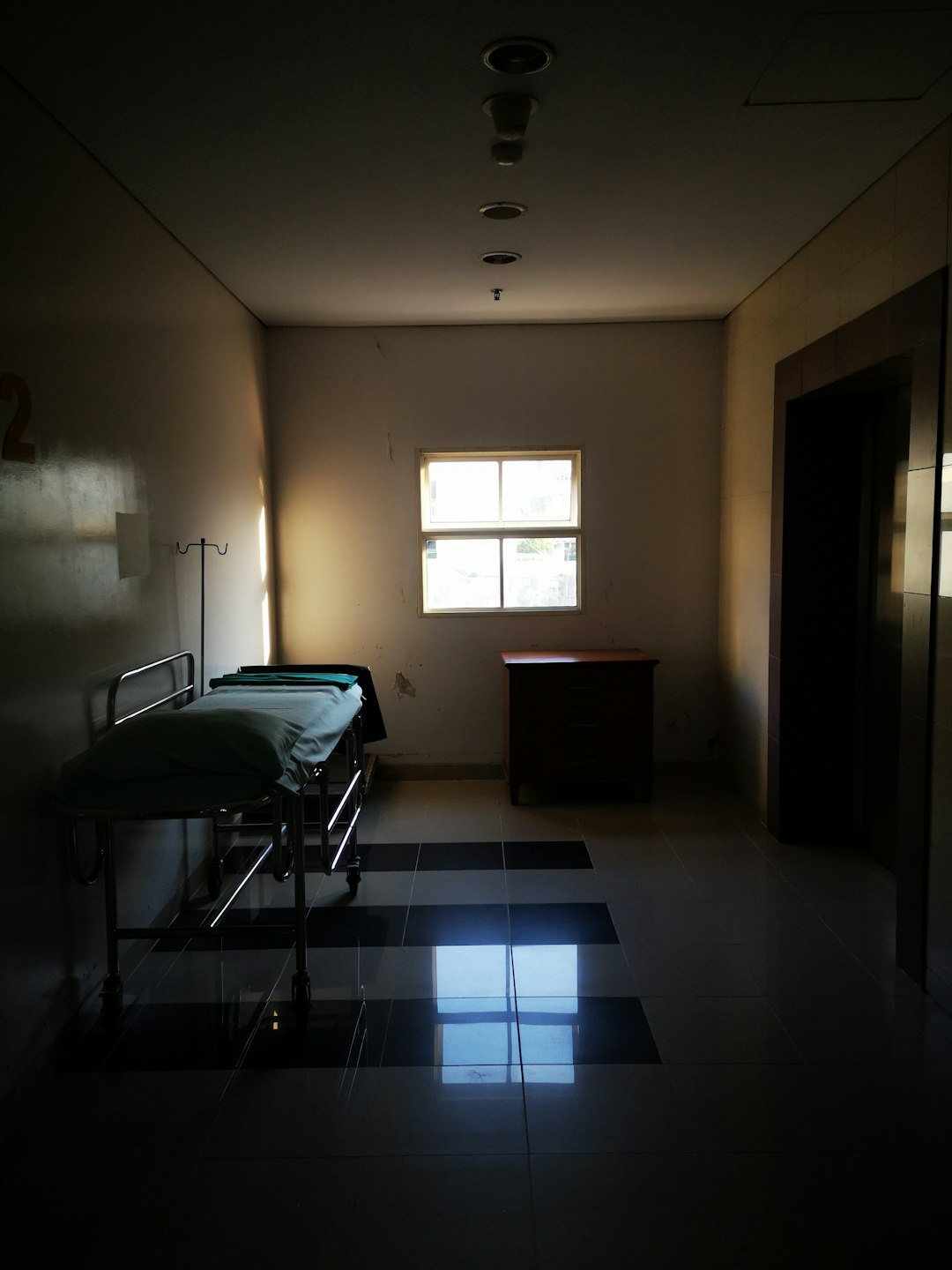
Nearly 200 rural hospitals have closed over the past two decades, and over 700 additional rural hospitals—one-third of all rural hospitals in the country—are at risk of closing in the near future. Over 300 of these hospitals are at immediate risk of closing. According to a new report from Mercer, the United States is expected to have a shortage of 100,000 healthcare workers by 2028, or around 0.6% fewer than needed.
The healthcare workforce projections are particularly grim for rural areas. Larger shortages of nurses are forecast in nonmetropolitan areas, with a projected shortage of 13% for RNs in nonmetropolitan areas in 2037 while there is a projected shortage of 5% for RNs in metropolitan areas. Those outside of metro areas face difficulties in accessing dental care, with a projected shortage of 46% for dentists in nonmetro areas by 2037.
Searching for Solutions
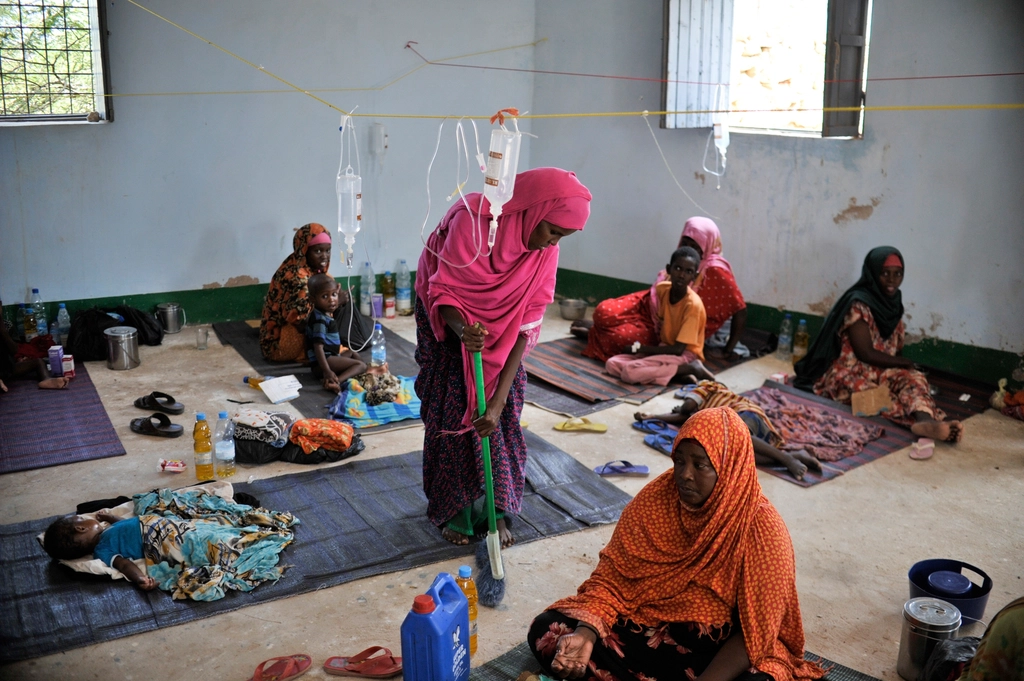
Despite the grim outlook, some efforts are underway to address the crisis. One idea is to join a network with a big, urban hospital to more effectively negotiate reimbursement from insurers, or create a network of rural hospitals that can band together to negotiate. The Rural Hospital Stabilization Act of 2025 was introduced in April and would give grants to rural hospitals to help them stay out of the red.
Senators Cassidy and Hassan released a framework for site-neutral reforms in November 2024 that would reinvest savings by increasing reimbursement for sole community, Medicare-dependent, and low-volume hospitals. Members of Congress have proposed various policies to prop up rural hospitals, including expanding support for rural emergency hospitals and allowing increased reimbursement for Medicare-dependent hospitals. The Federal Government has provided financial support through various programs, including USDA’s Community Facilities Program, with studies showing that hospitals receiving this funding had a higher probability of survival.
The crisis facing America’s rural hospitals isn’t just a healthcare problem—it’s a fundamental threat to the fabric of rural communities. With inadequate payments from private insurers, devastating workforce shortages, and mounting financial pressures, these essential healthcare lifelines are disappearing at an alarming rate. The solutions require coordinated action from policymakers, healthcare systems, and communities themselves. The question isn’t whether we can afford to save rural hospitals—it’s whether we can afford to let them disappear.

